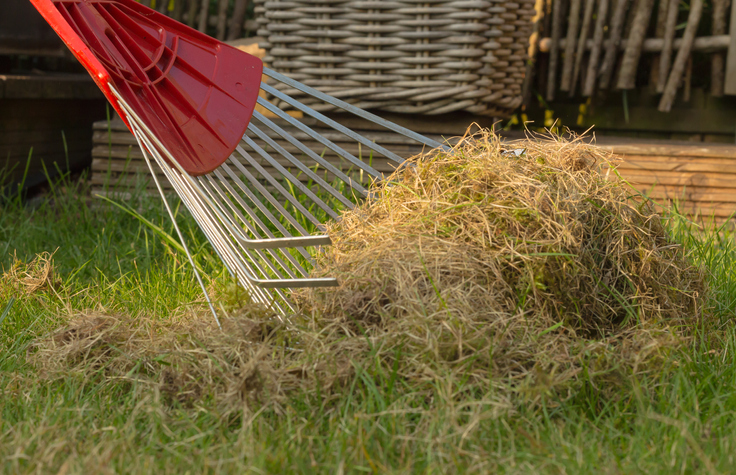Perspective
A wet spring doesn’t eliminate need for wildfire prep
June 24, 2022
by PEMCO Insurance
Wildfire danger doesn’t disappear with a wet spring
Having just slogged through one of the wettest springs in recent memory, a lot of Northwesterners are looking for the silver lining, saying, “Well, at least we shouldn’t have to worry about wildfires this year.” But is that true?The answer isn’t as clear as you might think. You still need to take steps to minimize your property’s vulnerabilities to wildfire.

How could a wet spring contribute to wildfires?
Our wet spring was great for mountain snowpack and, west of the Cascades at least, eliminated drought designations for parts of Washington and Oregon. However, wet springs can be a mixed blessing in wildfire country. They delay the onset of wildfires as long as the weather stays cool. But the ample moisture leads to excessive growth of grass and annual plants. As weather patterns change and temperatures warm up, that extra plant material dries out and can provide a larger than usual fuel load.The last wet spring we had was in 2020 and, unfortunately, it was followed by an active wildfire season. That year, a Department of Natural Resources spokesperson explained the phenomenon to Spokane’s KREM2 News, saying that seasonal variations don’t erase underlying issues with our changing climate.
Still, a “possible” active wildfire season is just that – only possible – and we may, in fact, enjoy relative calm this summer. Climatologists at the University of Washington say to anticipate a normal fire season throughout much of the Northwest and to prepare accordingly.
What should I do to safeguard my property against wildfire?
Even if you haven’t yet made any wildfire preparations, you can still make a difference for your home and property if you focus on these five steps now:1. Clean your gutters so that blowing embers can’t ignite a fire in accumulated dry needles and leaves.
2. Remove dead grass, dry brush and fallen and low-hanging branches that provide fuel for wildfire. Then, keep the area mowed and watered.
3. Move your woodpile at least 30 feet away from your house. The same goes for scrap wood stored under the deck.
4. Make and share your wildfire evacuation plan with family and friends. Over the years, PEMCO has partnered with the Red Cross to help our neighbors – including our youngest – be prepared when an emergency strikes.
5. Cut back vegetation along your driveway so that it’s wide enough for fire crews to drive their trucks up to your home.
Ready to learn more? Find out what different levels of wildfire evacuation orders mean and boost your family’s wildfire know-how with our wildfire Blog.
Share on social media